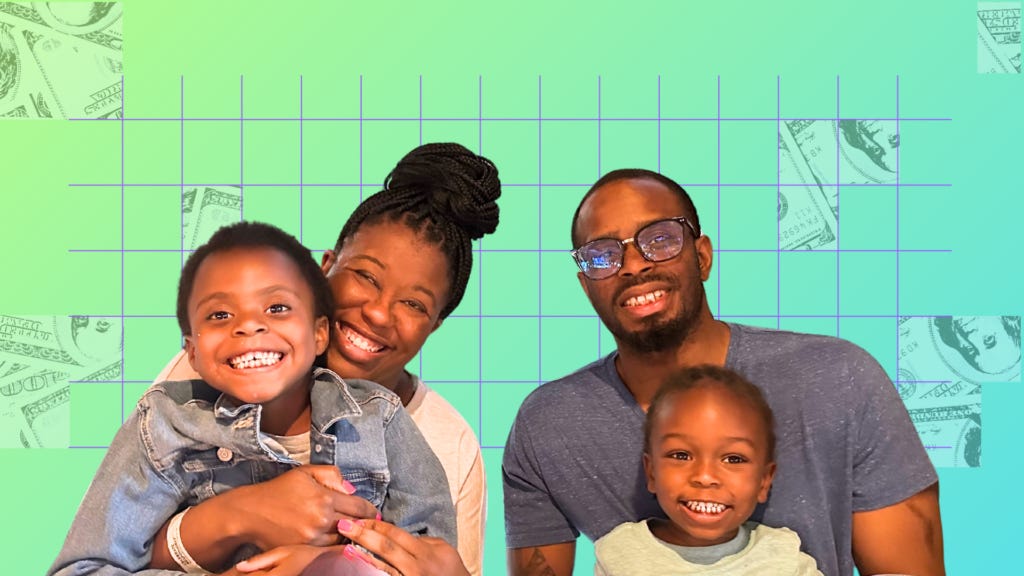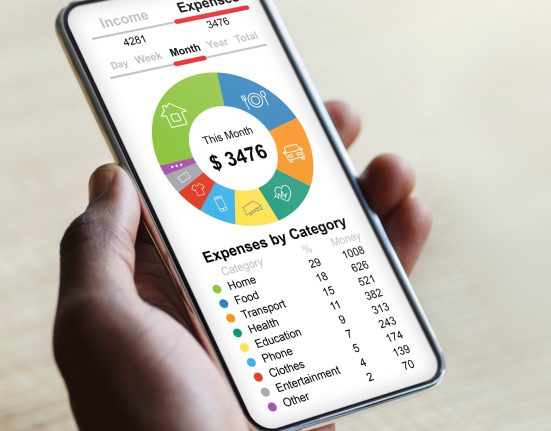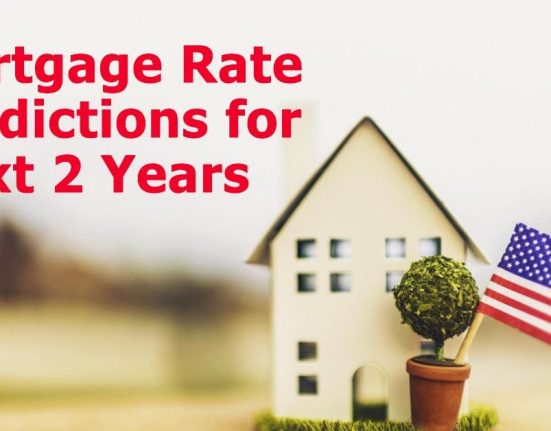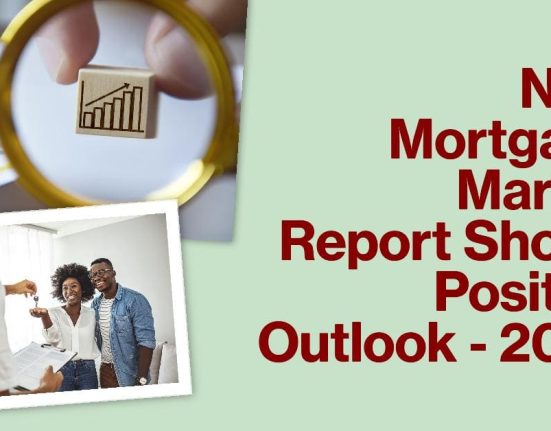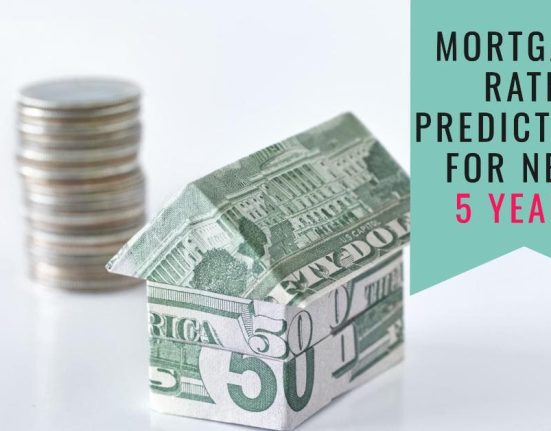My husband and I bought our first home in 2022, during the hot summer seller’s market. It was smooth sailing until it wasn’t.
We trusted recommendations from family and friends for our mortgage lender and real estate agent. We asked dozens of questions: How does the homebuying process work? How much are we approved for? How much is the monthly mortgage payment?
And finally: How much money will we need for closing costs?
Based on the home’s price and our 30-year fixed-rate home loan, we budgeted close to $18,000 for closing costs. Homebuyers generally estimate anywhere from 1% to 6% of the total loan amount to cover closing costs, the assortment of fees you pay the mortgage lender including title insurance, taxes, appraisal fees, etc. Unfortunately, we still wouldn’t be guaranteed final numbers until days prior to signing the documents.
Less than a week before the big day, our paperwork said we would need to bring nearly $25,000 to closing, in addition to our down payment. That’s when we noticed we owed $13,920 in discount points, which were folded into the total loan costs. We were stunned.
Along the way, our mortgage lender had mentioned discount points. But we hadn’t realized that “discount” meant we were buying a lower interest rate and would have to pay more money at closing. It was a lesson in why you should always read the fine print.
What I learned about ‘paying for points’
If you’ve never heard of paying for mortgage points, here’s how it works. Generally, you’ll purchase one discount point for 1% of the total cost of the mortgage, and in exchange, you’ll get a reduction in the interest rate, usually about a quarter of a percentage point.
With mortgage points, you’re prepaying interest upfront and getting a lower interest rate in return. A lower interest rate means a lower monthly payment, which will save you money in the long run. The process is intended to be a “give and take.” In our case, we were paying for 3.5 discount points to have our interest rate lowered by roughly 0.875%.
Regardless of the state of the housing market, you can always lower your interest rate in exchange for a fee. But when mortgage rates started skyrocketing in 2022, purchasing discount points — essentially buying down your rate — became more attractive.
According to Jennifer Beeston, senior vice president at Guaranteed Rate, mortgage lenders were throwing on points during closing. Beeson told me that because interest rates had gone up so high, lenders were trying to keep rates palatable to borrowers. But they weren’t discussing the next step: Does it mathematically make sense to pay more upfront?
For us, paying nearly $14,000 extra on closing day for a discount on the interest rate didn’t make sense.
Read more: Mortgage Points vs. Lender Credits: What to Know
What I learned about rate-lock disclosures
When we were ready to buy a house in 2022, mortgage rates had gone up aggressively over the summer. To avoid “floating” our rate (that is, letting it fluctuate), and risking an even higher one, we locked in our mortgage rate for 30 days at 5.99%.
The choice between locking or floating was obvious. When homebuyers “float,” they’re often waiting for interest rates to improve, i.e., go down. In our case, it was clear the mortgage market wasn’t going in that direction and that we could end up with a higher rate. It was better for us to reserve the rate we got with our lender.
Our offer was accepted. We budgeted our future monthly mortgage payments to make sure we were comfortable with the expense.
When we had taken a glance at the rate-lock disclosure, most of the numbers seemed right, except for the closing costs — that figure was much higher than we expected. But because closing costs weren’t final, we trusted that the amount would be lower and didn’t give it much thought.
Unfortunately, we overlooked the amount for “points” that had been folded into our closing amount. The total was accurate. Discount points are always included in closing costs.
When interviewed for this story back in 2022, Beeston reviewed our loan documents. She pointed out that the rate-lock disclosure we signed listed a “borrower-paid” discount charge of $13,920.
“For a lender, this is clear as day,” said Beeston. “For a consumer, most people have no idea. Would you assume discount points or would you assume you’re getting a discount?”
Rate-lock disclosures don’t look the same from one lender to another, and discount points can be easy to miss, according to Beeston. Some lenders note that the points are a charge you’re responsible for, while others bury the cost deep in the document.
She’s right. Our mortgage loan originator never explained we would be paying for discount points when she discussed giving us discounts.
“The key that consumers need to know is that if it says ‘discount,’ it’s most likely discount points, which is a huge charge to you,” Beeston said.
In the end, we paid for two discount points to get our rate to 6.5% and have a more comfortable monthly payment. If and when mortgage rates drop, we can get a new home loan with a lower rate by refinancing. But we can decide that when the time comes.
Read more: 18 Tips for First-Time Homebuyers
What I learned about loan estimates
Though experts always recommend it, we didn’t compare lenders after getting our first loan estimate. We assumed we were getting the best rate possible.
Except we probably weren’t getting the lowest rate for our financial situation. “If you were able to find the same rate or better without any points, that means that ultimately, you weren’t getting the best possible deal,” said Shant Banonsian, senior loan officer at Guaranteed Rate.
To help avoid a homebuying nightmare like mine, here are some questions I asked (and questions that I should have) asked my lender:
- What is the interest rate?
- Does the rate include points?
- If so, how many and how much does each point cost?
- Is it a fixed or adjustable-rate mortgage?
- What are the loan origination fees?
My husband and I signed a lot of documents in the span of our 30-day contract period. And to be honest, we didn’t ask enough questions. We felt like we did our homework and had a firm grip on the process. We understood what it took to get approved, our loan type and even what a rate-lock was. But we didn’t read the fine print.
“Always review every single document,” Beeston told me.
If you’re unsure why a fee was added or what the disclosure says, ask your lender. Even if it means going line by line. It’s the most important purchase of your life, so don’t go into it blindly.
Given how quickly the housing market and mortgage rates are changing, make sure to speak with experts and educate yourself to avoid surprises on closing day or down the road.
“Learn about the process so that you’re not 100% having to rely on buying in the dark,” said Beeston. “It’s too big of a purchase.”
Read more: 13 Homebuying Mistakes to Avoid
My tips for avoiding homebuying mistakes
Before your first home offer is accepted or after you get your first loan estimate, shop around and compare mortgage lenders to get the best loan and interest rate upfront. Get your loan offers on standardized loan estimate forms so you’re comparing the same documents.
When buying a home, you’ll have multiple options for loan types, terms and rates. Make sure your lender walks you through all your options and explains any costs.
Keep in mind that different factors may require lenders to add points, such as the down payment, property type or credit score. And sometimes, buying down the interest rate is the only way you might even qualify for the loan.
Like anything, consider the upfront costs versus the long-term savings. Paying for mortgage points in exchange for a lower interest rate may be worthwhile if you plan to own your home for a long period of time, and don’t plan to move or refinance soon. Buying a discount point or two will get you a cheaper monthly payment, which can save you over the lifetime of the loan.
But if points are being added, it needs to be talked about.
A version of this story originally appeared on the personal finance site NextAdvisor on Oct. 10, 2022. NextAdvisor was owned by Red Ventures, the parent company of CNET. The story has been updated by the author and edited for publication.

